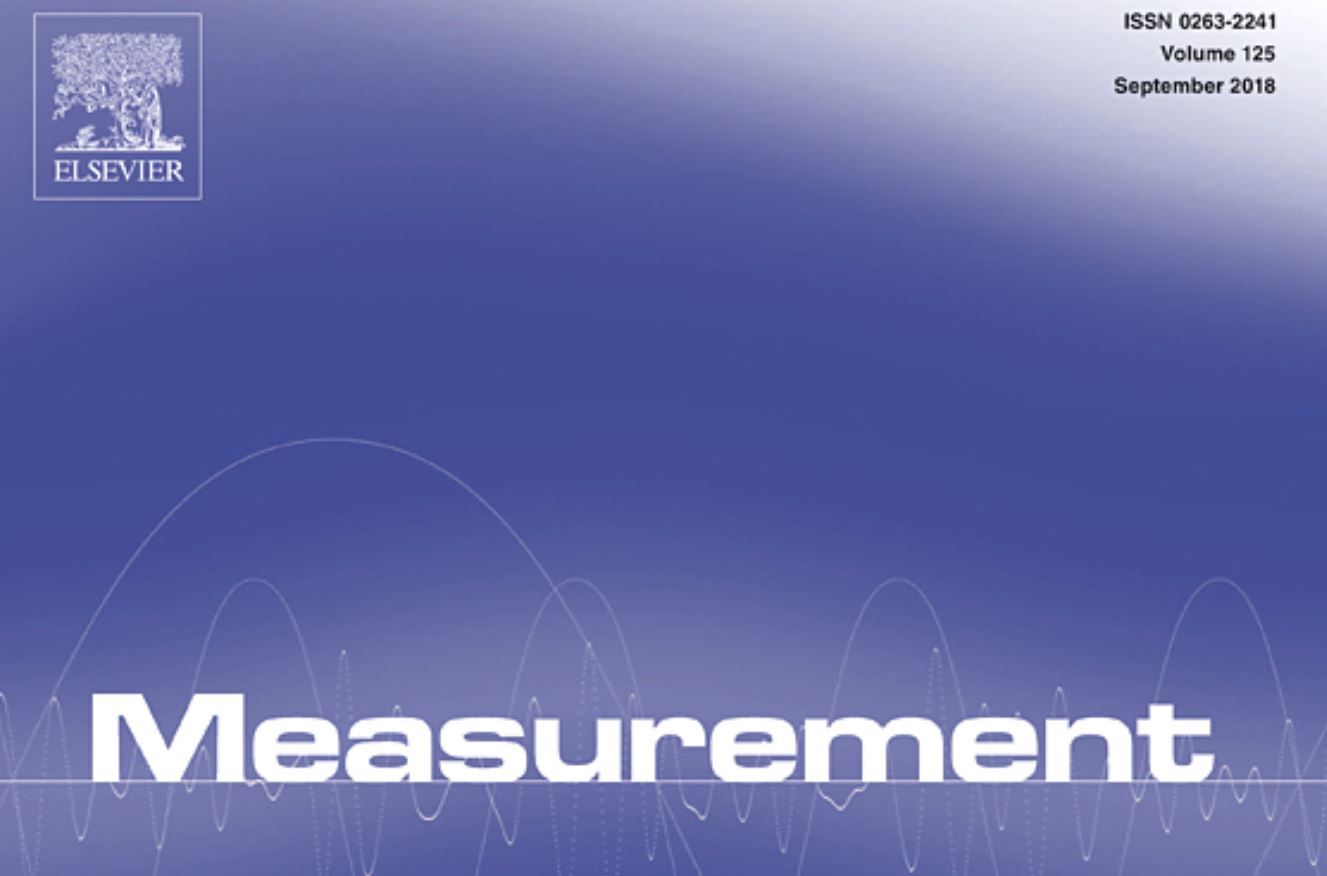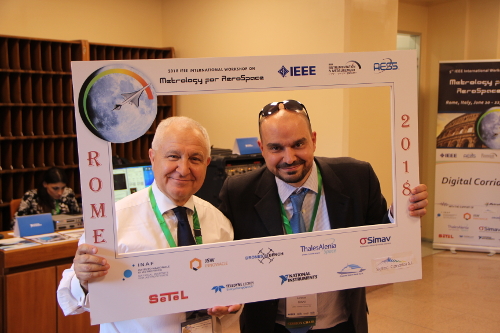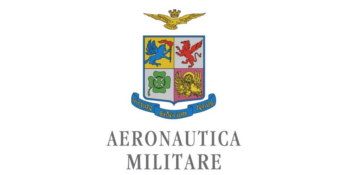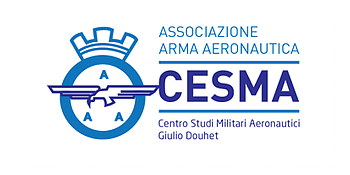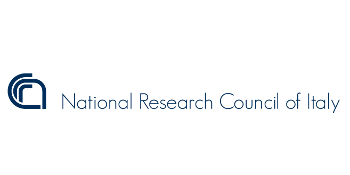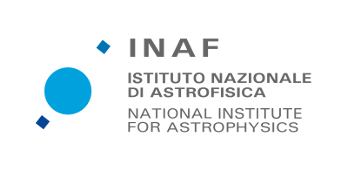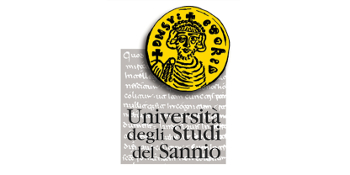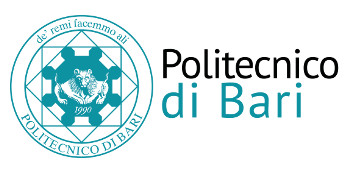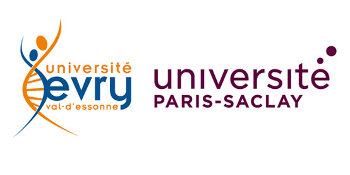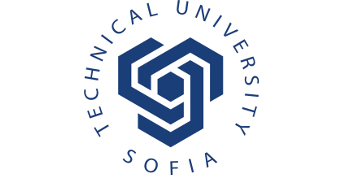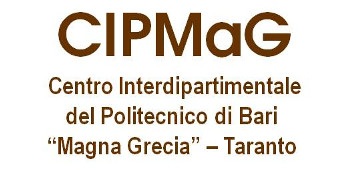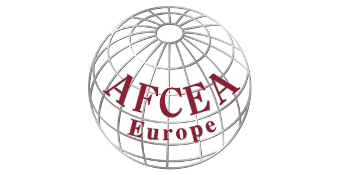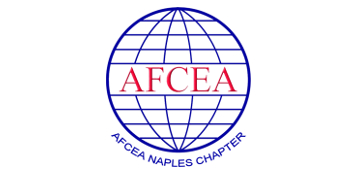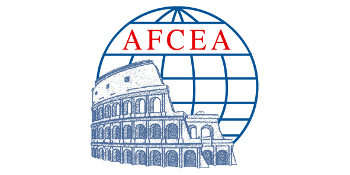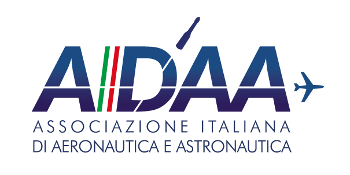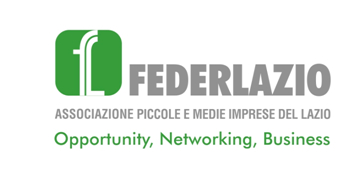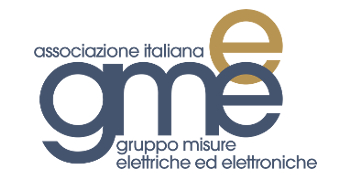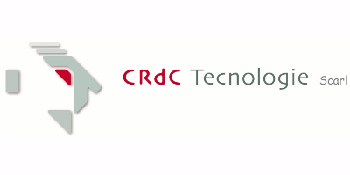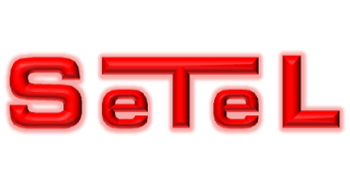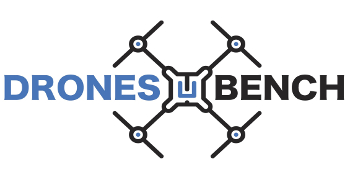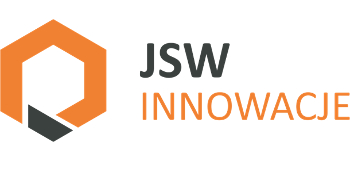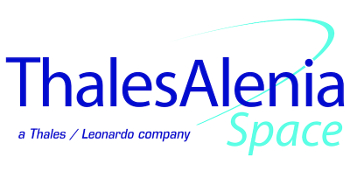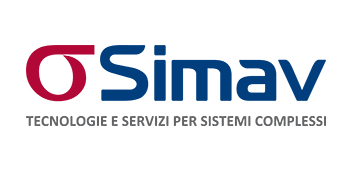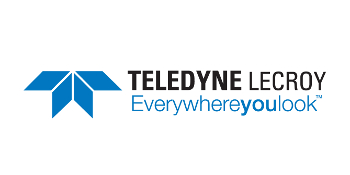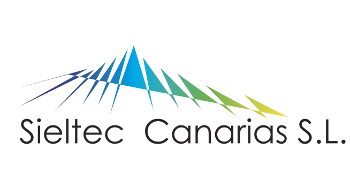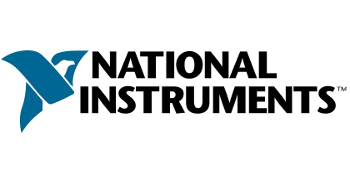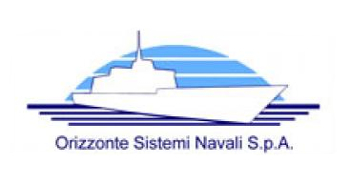Metrology for Future Space Exploration:
Instruments, Technology and Techniques
TRACK SESSION CHAIRS
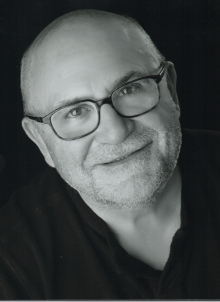
Marcello Coradini
ASI/JPL
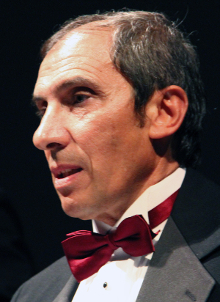
Enrico Flamini
ASI - Italian Space Agency, Italy
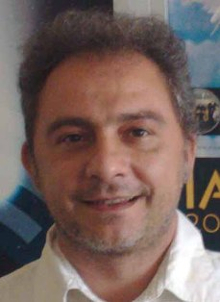
Stefano Debei
University of Padua, Italy
ABSTRACT
As planetary science evolves, exploiting new ideas and technologies, new in situ exploration strategies are developed as well as high spatial and spectral resolution remote sensing of extra-solar planetary bodies. The success of future missions in terms of new discoveries strongly relies on the accuracy that can be reached by the instruments and reliability of new technologies. As a consequence, metrology has to face the challenges deriving from the adoption of new mission concepts and instrumentation that overcome the present limits in measurement accuracy and improve the quality of the information that can be retrieved by exploration missions.
This session will address cross-cutting research topics on all aspects of technological and scientific innovation in space exploration. Remote sensing, in situ methodologies, new techniques for the exploration of solar and extra-solar planets and on-surfaces infrastructures will be analysed with the aim of identifying and addressing the scientific gaps and interdisciplinary opportunities among these fields.
LIST OF SPECIAL SESSIONS
Special Session #1
Advanced remote sensing for exploration
Conveners: Gianrico Filacchione, Sebastian E. Lauro
For most bodies in the solar system remote-sensing observations are the principal, if not the only, data available for surfaces, interiors and atmospheres. Planetary mission orbiters have returned large datasets from very different planetary targets, including terrestrial and outer planets, their moons and small bodies like asteroids, comets and planetary rings. Over the last decades, with the improvements of the instruments design and performances, advanced tecniques have allowed to better retrieve the physical and chemical properties of these objects. The data collected allow a comparison between remotely sensed and in situ measurements conducted by landers, rovers and sample return missions.
All the relevant aspects related with the metrology of remotely sensing data acquired from orbiters (including cube and minisats) in the context of the planetary exploration at UV, visible, infrared and micro/radiowave ranges are welcome to be discussed in this session. Contributions about instrument miniaturization, data calibration, geometrical reconstruction, compositional-physical modeling and synergies with laboratory data are encouraged.
About the Conveners
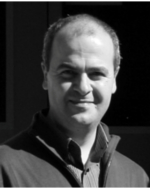 Gianrico Filacchione (INAF-IAPS, Rome, IT) is a planetary scientist using VIS-IR imaging spectroscopy techniques applied to the exploration of solar system objects. He has received a Physics degree from the University of Rome “La Sapienza” and a Ph.D. in Aerospace Engineering from University of Neaples “Federico II”. He is participating in several imaging spectrometers teams aboard planetary missions: deputy-PI of VIRTIS on Rosetta; associate to VIMS team and participating scientist on Cassini; coinvestigator of JIRAM on Juno and SIMBIO-SYS on BepiColombo; instrument scientist of MAJIS on Juice. He has expertise in spectral data processing, spectroscopy measurements in laboratory, space instrumentation design, instruments calibration, flight operations and in planetary missions definition.
Gianrico Filacchione (INAF-IAPS, Rome, IT) is a planetary scientist using VIS-IR imaging spectroscopy techniques applied to the exploration of solar system objects. He has received a Physics degree from the University of Rome “La Sapienza” and a Ph.D. in Aerospace Engineering from University of Neaples “Federico II”. He is participating in several imaging spectrometers teams aboard planetary missions: deputy-PI of VIRTIS on Rosetta; associate to VIMS team and participating scientist on Cassini; coinvestigator of JIRAM on Juno and SIMBIO-SYS on BepiColombo; instrument scientist of MAJIS on Juice. He has expertise in spectral data processing, spectroscopy measurements in laboratory, space instrumentation design, instruments calibration, flight operations and in planetary missions definition.
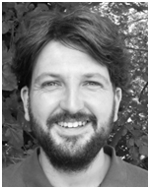 Sebastian E. Lauro received the Laurea degree in electronic engineering and the Ph.D. degree in electromagnetics from Roma Tre University, Rome, Italy, in 2005 and 2009, respectively. His Ph.D. research focused on the study of electromagnetic propagation in metamaterials and the design of microwaves and optic devices. In 2009, he joined the Geophysical Group, Roma Tre University, where he hold his Post-Doctoral Fellowship, focusing on the reconstruction of the electromagnetic and geometrical properties of the subsurface stratigraphy of Mars, with tomographic inversion techniques. Since 2017, he is a Research Fellow with the Department of Mathematics and Physics, Roma Tre University. His currently research focuses mainly on the analysis of radar data within the terrestrial and planetary exploration, aimed at the electromagnetic probing of the subsoil; he works also on the development and implementation of measuring techniques of the electromagnetic properties of materials in the time and frequency domain. He is a member of several scientific teams in different planetary missions, approved or currently ongoing by ESA and NASA (MRO, ExoMars and JUICE) where he is involved in the radar data inversion and the design of Ground Penetrating Radar (GPR).
Sebastian E. Lauro received the Laurea degree in electronic engineering and the Ph.D. degree in electromagnetics from Roma Tre University, Rome, Italy, in 2005 and 2009, respectively. His Ph.D. research focused on the study of electromagnetic propagation in metamaterials and the design of microwaves and optic devices. In 2009, he joined the Geophysical Group, Roma Tre University, where he hold his Post-Doctoral Fellowship, focusing on the reconstruction of the electromagnetic and geometrical properties of the subsurface stratigraphy of Mars, with tomographic inversion techniques. Since 2017, he is a Research Fellow with the Department of Mathematics and Physics, Roma Tre University. His currently research focuses mainly on the analysis of radar data within the terrestrial and planetary exploration, aimed at the electromagnetic probing of the subsoil; he works also on the development and implementation of measuring techniques of the electromagnetic properties of materials in the time and frequency domain. He is a member of several scientific teams in different planetary missions, approved or currently ongoing by ESA and NASA (MRO, ExoMars and JUICE) where he is involved in the radar data inversion and the design of Ground Penetrating Radar (GPR).
Special Session #2
In situ instruments and devices
Conveners: Elisabetta Mattei, Vincenzo Della Corte
During the last decades, the exploration of the solar system has provided amazing findings about planets, their moons and other bodies. As a consequence, planetologists have begun to look to the Earth with a new perspective in order to find some evidences and/or similarities that can explain such discoveries. In this framework, searching suitable extra-terrestrial analogues on Earth and characterizing such materials to retrieve their chemical-physical properties is mandatory. Indeed, the knowledge of the analogues properties allows to put some constraints in the establishment of the nature of surface, interior or atmosphere of solar system bodies. Furthermore, such information is essential for the interpretation and inversion of the data coming from remote-sensing observations and in situ measurements. The aim of this session is to collect contributes on metrology applied to in situ and laboratory studies aimed at the characterization of terrestrial analogues with the measurement techniques used in planetary exploration. Contributions on innovative measuring methods and techniques, such as in situ absolute dating, 3-D laser scene reconstruction, Holographic Virtual Reality etc are also welcome.
About the Conveners
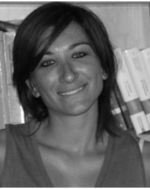 Elisabetta Mattei received the Physics degree from the University of Rome “La Sapienza” in 2003 and the Ph.D. in Environmental Physics in 2007 from Tuscia University. From 2007 to 2012 she has been awarded with various postdoctoral positions on investigation, characterization and development of models through electromagnetic radiation on macro and/or micro scale. She has been Research Fellow at University of Viterbo from 2012 to 2016. In 2017 she becomes Assistant Professor at Mathematics and Physics Department at Roma TRE University in Rome. Her research activity is mainly focused on dielectric spectroscopy for characterization of geo-materials. In particular, her activity includes inversion technique through non-linear fitting and minimization procedure of electromagnetic property data and it is related to the interpretation of radar data acquired both from orbit and/or on rover. She is a member of several scientific teams in different planetary missions approved or currently ongoing by ESA and NASA (MRO, ExoMars and JUICE) where she focuses her research activity on measuring and modelling electromagnetic properties of planetary analogues to develop radar system for future missions, to interpret and invert radar data acquired during ongoing missions.
Elisabetta Mattei received the Physics degree from the University of Rome “La Sapienza” in 2003 and the Ph.D. in Environmental Physics in 2007 from Tuscia University. From 2007 to 2012 she has been awarded with various postdoctoral positions on investigation, characterization and development of models through electromagnetic radiation on macro and/or micro scale. She has been Research Fellow at University of Viterbo from 2012 to 2016. In 2017 she becomes Assistant Professor at Mathematics and Physics Department at Roma TRE University in Rome. Her research activity is mainly focused on dielectric spectroscopy for characterization of geo-materials. In particular, her activity includes inversion technique through non-linear fitting and minimization procedure of electromagnetic property data and it is related to the interpretation of radar data acquired both from orbit and/or on rover. She is a member of several scientific teams in different planetary missions approved or currently ongoing by ESA and NASA (MRO, ExoMars and JUICE) where she focuses her research activity on measuring and modelling electromagnetic properties of planetary analogues to develop radar system for future missions, to interpret and invert radar data acquired during ongoing missions.
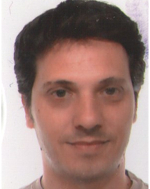 Vincenzo Della Corte (Università degli Studi di Napoli Parthenope, Napoli, IT) is an aerospace engineer with main activities focused on development, calibration and management of planetary exploration instruments, both "in situ" and "remote sensing". He has received a Mechanical Engineering Degree from the University of Padova He is participating in several teams aboard planetary missions: deputy-PI of GIADA on Rosetta; co-investigator SIMBIO-SYS on BepiColombo as responsible of High resolution channel calibration; technical manager of Janus (high resolution camera) on Juice/ESA mission; Principal investigator of DUSTER instrument devoted to high stratosphere refractory aerosol sampling. He has expertise planetary exploration instruments calibrations, space instrumentation design, flight operations and in planetary missions definition.
Vincenzo Della Corte (Università degli Studi di Napoli Parthenope, Napoli, IT) is an aerospace engineer with main activities focused on development, calibration and management of planetary exploration instruments, both "in situ" and "remote sensing". He has received a Mechanical Engineering Degree from the University of Padova He is participating in several teams aboard planetary missions: deputy-PI of GIADA on Rosetta; co-investigator SIMBIO-SYS on BepiColombo as responsible of High resolution channel calibration; technical manager of Janus (high resolution camera) on Juice/ESA mission; Principal investigator of DUSTER instrument devoted to high stratosphere refractory aerosol sampling. He has expertise planetary exploration instruments calibrations, space instrumentation design, flight operations and in planetary missions definition.
Special Session #3
Future techniques for extra-solar planets exploration
Conveners: Athena Coustenis, Giovanna Tinetti
Transits of extrasolar planets have provided a wealth of data on the physical nature of planets beyond the Solar System. Measurements of radii from transit observations combined with mass determinations from radial velocity spectroscopy, or transit timing variations, have provided the first hints to the planetary composition and interior structure. Extra-solar planets show a much richer diversity than found in our solar system: 'super-Earths', 'mini-Neptunes', and inflated giant planets. A new generation of instruments (space- and groundbased) for exoplanet transit observations is already in the construction phase and is planned for the near future. A clear goal for future investigations of habitable planets is the detection and characterization of terrestrial planets which potentially could harbor life. Life can be inferred by the presence of atmospheric biosignature gases. Detection will be made by remote sensing by sophisticated space and future generation ground-based telescopes. This session aims at discussing techniques, instruments and methods for the future study of extra-solar planets, with emphasis on Earth-like bodies potentially aboding life.
About the Conveners
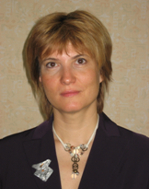 Athena Coustenis is Director of Research 1st class with the National Centre for Scientific Research (CNRS) of France, working at Paris Observatory in Meudon. Her specialty is Planetology (exploration and study of the Solar System from ground-based and space observations). Her research is devoted to the investigation of planetary atmospheres and surfaces, with emphasis on icy moons like Titan and Enceladus, Saturn’s satellites, and Jupiter’s Ganymede and Europa, objects with high astrobiological potential. She also works on the characterisation of exoplanetary atmospheres. In the recent years she has been leading efforts towards the definition of future space missions. She is also participating in the advisory structure of European and US space agencies and boards. She is the Chair of the European Space Science Committee of the European Science Foundation.
Athena Coustenis is Director of Research 1st class with the National Centre for Scientific Research (CNRS) of France, working at Paris Observatory in Meudon. Her specialty is Planetology (exploration and study of the Solar System from ground-based and space observations). Her research is devoted to the investigation of planetary atmospheres and surfaces, with emphasis on icy moons like Titan and Enceladus, Saturn’s satellites, and Jupiter’s Ganymede and Europa, objects with high astrobiological potential. She also works on the characterisation of exoplanetary atmospheres. In the recent years she has been leading efforts towards the definition of future space missions. She is also participating in the advisory structure of European and US space agencies and boards. She is the Chair of the European Space Science Committee of the European Science Foundation.
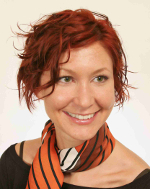 Giovanna Tinetti, Professor of Astrophysics, University College London, since Sep.tember 2013.
Giovanna Tinetti, Professor of Astrophysics, University College London, since Sep.tember 2013.
Awarded a PhD in Theoretical Physics from University of Turin, she has since coordinated at UCL a team on exoplanets since 2007. Royal Society University Research Fellow 2009-present. ESA external fellow 2005-2007, NASA Astrobiology Institute/NRC fellow at Caltech/JPL 2001-2005.
Select appointments and achievements:
- Principal Investigator, ERC-funded programme "Exo-Lights", 2014-2019.
- Principal Investigator EChO (ESA M3 candidate mission) payload consortium, 2011-present.
- Editor of American Astronomical Society DPS journal, ICARUS.
- Counts over 100 peer reviewed publications and over 150 invited talks/seminars on exoplanets.
Select awards:
- Institute of Physics Moseley medal 2011 for pioneering use of IR transmission spectroscopy for molecular detection in exoplanet atmospheres.
- 2010 NASA Group Achievement award with Swain and Vasisht for first detection of methane in an exoplanet.
Recent appointments in advisory boards:
- ESA EChO Study Science Team, Cycle 20 & Cycle 21 Hubble panel chair/TAC member,
- Hubble and Spitzer panel member 2010,
- ESO Espresso Instrument Science Team,
- ESA Exoplanet Roadmap Advisory Team (2009-2010).
Special Session #4
On surface infrastructure (power generation, telecommunications, habitats, resources acquisition, detection and measure of life hazards, hazards mitigation techniques etc)
Conveners: Yoseph Bar-Cohen, Maria Antonietta Perino
Infrastructure support for robotic colonies, Moon/Mars habitat for humans, and/or robotic exploration of planetary surfaces will need to rely on the field deployment of multiple robust robots. This support includes such tasks as the deployment and servicing of power systems and in-situ resource utilization (ISRU) generators, establishing long-life robotic science stations for measurement and communications, construction of beaconed roadways, and the site preparation and deployment of human habitat modules. The surface systems technology under development has long-range objectives that are quite challenging and will lead to revolutionary capabilities. Many of the technologies needing development are in their infancy: multiple, coordinated multiscale (small and large) special robots forming networks; Remote robotic work systems; Extension of lifetime and power performance envelopes by orders of magnitude; Local robotic outpost communication architectures and systems, high-rate surface switching and aggregation centers, and/or aero-synchronous network relays; Manufacture of propellants, oxygen, water, and other resources. However, substantial initial steps are being made toward the long-range goals by seeking and supporting activities that lead to early proof-of-principle experiments in selected areas. Evolution of the technology and infusion into flight systems will require major achievements from the community of researchers involved, and this effort will be interesting and exciting.
Contributions on any of the above-mentioned fields, and more, are welcome in this session.
About the Conveners
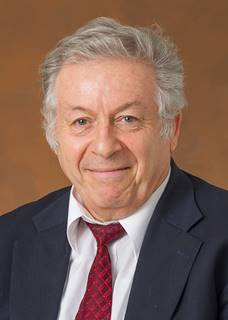 Dr. Yoseph Bar-Cohen, JPL, is a Senior Research Scientist, the supervisor of the Electroactive Technologies Group (x355N), Resident NDE Expert, as well as in-charge of the Nondestructive Evaluation and Advance Actuators (NDEAA) Lab that he established in 1991. He received his Ph. D. in Physics (1979) and M.Sc. in Materials Science (1973) from the Hebrew University, Jerusalem, Israel. He is a physicist specializing in electroactive materials/mechanisms, biomimetics and ultrasonic Non-Destructive Evaluation (NDE). He is listed as Subject Matter Expert (SME) in NDE and Piezoelectric Actuators and Sensors on the JPL’s Procurement Quality Assurance List. Under his leadership many innovative concepts and mechanisms were initiated, analytically modeled, simulated, developed, and experimentally tested for planetary exploration, commercial, medical, and other applications. He made two notable discoveries of ultrasonic wave phenomena in composite materials: the polar backscattering (1979) and the leaky Lamb waves (LLW) (1983). From Nov. 2009 to Sept. 2011, he served as the Chair of the JPL’s Senior Research Scientists Council. Dr. Bar-Cohen is a Fellow of two technical societies: The International Society for Optical Engineering (SPIE), and the American Society for Nondestructive Testing (ASNT).
Dr. Yoseph Bar-Cohen, JPL, is a Senior Research Scientist, the supervisor of the Electroactive Technologies Group (x355N), Resident NDE Expert, as well as in-charge of the Nondestructive Evaluation and Advance Actuators (NDEAA) Lab that he established in 1991. He received his Ph. D. in Physics (1979) and M.Sc. in Materials Science (1973) from the Hebrew University, Jerusalem, Israel. He is a physicist specializing in electroactive materials/mechanisms, biomimetics and ultrasonic Non-Destructive Evaluation (NDE). He is listed as Subject Matter Expert (SME) in NDE and Piezoelectric Actuators and Sensors on the JPL’s Procurement Quality Assurance List. Under his leadership many innovative concepts and mechanisms were initiated, analytically modeled, simulated, developed, and experimentally tested for planetary exploration, commercial, medical, and other applications. He made two notable discoveries of ultrasonic wave phenomena in composite materials: the polar backscattering (1979) and the leaky Lamb waves (LLW) (1983). From Nov. 2009 to Sept. 2011, he served as the Chair of the JPL’s Senior Research Scientists Council. Dr. Bar-Cohen is a Fellow of two technical societies: The International Society for Optical Engineering (SPIE), and the American Society for Nondestructive Testing (ASNT).
His scientific, engineering and technology accomplishments and leadership have earned him two NASA Honor Award Medals - NASA Exceptional Engineering Achievement Medal (2001), and NASA Exceptional Technology Achievement (2006), the JPL’s Magellan Award (2016) for extraordinary work in advancing the field of electroactive materials and mechanisms, two SPIE’s Lifetime Achievement Awards – NDE (2001) and Smart Materials and Structures (2005), the ASNT’s 2002 Lester Honor Lecture Award, the 2006 ASNT Sustained Excellence award, the 2007 SPIE President’s Award as well as many other honors and awards. Dr. Bar-Cohen is listed on 34 Who’s Who Biographic Directories and his brief bio is listed on Wikipedia with links to his websites at JPL. Also, the Nov. 2001 issue of Tech Briefs featured him as a Who’s Who in NASA. His research and accomplishments with his teams received extensive media coverage including interviews with radio and TV stations, NASA Press Releases, JPL's Universe, as well as articles in daily newspapers, magazines, and technically related websites.
His prior affiliations include: Principal Specialist, McDonnell Douglas Corp., Long Beach, CA (1983-1991); Sr. Physicist, Systems Research Lab (SRL), Dayton, Ohio, at the Air Force Materials Lab. (AFML) (1980-1983); Post-doctorate, National Research Council (NRC) at AFML (1979-1980); and Sr. NDE Specialist, Israel Aircraft Industry (IAI) (1971-1979).
Currently, he is responsible for developing ultrasonic drills and planetary samplers, sample containerization method using inductively heated brazing (for simultaneously performing separation, seaming, sealing, and sterilization of double-wall containers); electroactive mechanisms, ultrasonic NDE and health monitoring methods, as well as high power ultrasonic techniques. The containerization method addresses the critical need for the extremely strict planetary protection requirements of the Mars Sample Return (MSR) mission to prevent contamination of Earth. His professional expansion into the field of electroactive technologies started from his initiated collaboration with MIT to apply his elastic plate wave related expertise to jointly develop piezoelectric motors under a NASA Telerobotic task. He followed his success with numerous initiatives and tasks leadership funded by JPL, NASA, and reimbursable sources including: AFOSR, AGA, Army, Boston Scientific, Consolidated Edison, DARPA, the Federal Highway Administration, NIH, Placidus and Teleflex.
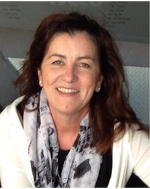 Maria Antonietta Perino got a Degree in Nuclear Engineering at the Politecnico di Torino. In 1988 she attended the first Summer Session of the International Space University (M.I.T., Boston, USA) and then she became a Faculty member.
Maria Antonietta Perino got a Degree in Nuclear Engineering at the Politecnico di Torino. In 1988 she attended the first Summer Session of the International Space University (M.I.T., Boston, USA) and then she became a Faculty member.
Since 1986 she has been working at Thales Alenia Space - Turin, as Program Manager of major ESA and ASI activities related to exploration like ExoMars, Mars Sample Return, and the Aurora Core Program.
Currently she is Director for System Supplies Operations.
She is the author of several publications, papers, and reports.
Maria Antonietta has been involved in different activities promoting the involvement of young professionals in the space industry. She was one of the founders and president of the ISU European Alumni Association. She is currently a member of the IAF Workforce Development / Young Professionals Program Committee.
She is a member of the EuroScience Open Forum (ESOF), a member of the Académie de l’Air et de l’Espace and of the International Academy of Astronautics, Co-Editor of Acta Astronautica, and former Vice President of the International Astronautical Federation Bureau.


